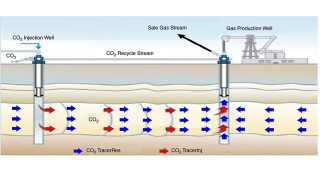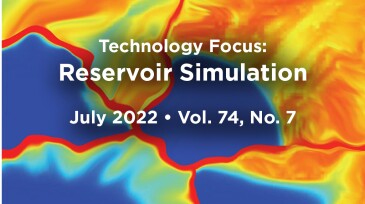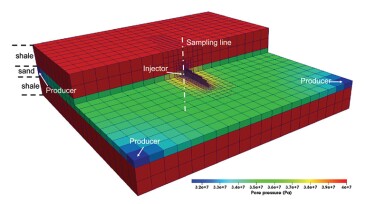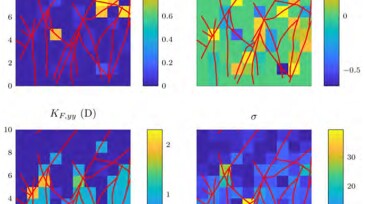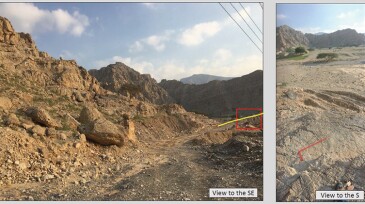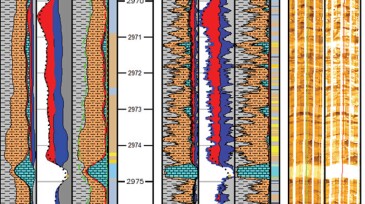Reservoir simulation
The aim of this study is to incorporate detailed geological, petrophysical, and hydraulic fracturing models to better predict and mitigate the effects of interbench interactions.
The objective of this paper is to apply a developed workflow to determine the propped hydraulic fracture geometry in a horizontal multistage fractured well, incorporating production, pressure, and strain data.
This study explores the feasibility of implementing in-situ carbon dioxide recycling for sequestration as a fit-for-purpose developmental strategy for a Malaysian gas field characterized by an initial carbon-dioxide content of approximately 60%.
-
Whether it be Derrick Turk asking us to “resist the temptation to accrue vocabulary rather than understanding” or Mark Bentley telling us that “if you can sketch it you can model it,” there does seem to be a growing pushback against the notions that the modeling/simulation process can be successfully shrink-wrapped and that fundamental understanding is increasingly a …
-
This paper evaluates learnings from the past 30 years of methods that aim to quantify the uncertainty in the subsurface using multiple realizations, describing major challenges and outlining potential ways to overcome them.
-
Schlumberger announced that ConocoPhillips will use its DELFI platform to move its data to the cloud.
-
This paper introduces methods to fully couple reservoir simulation with wellbore flow models in fractured injection wells.
-
The paper presents a model for shale gas production in which CO2 is injected by huff ’n’ puff into a hydraulic fracture surrounded by a shale matrix.
-
This study explores pitfalls experienced when using capacitance/resistance modeling as a plug-and-play technique for waterflood optimization and discusses workarounds and mitigations to improve its reliability.
-
This paper analyzes several configurations of convolutional neural networks suited for predicting upscaled fracture permeabilities and shape factors required to close a dual porosity/dual permeability model.
-
The authors write that simple and straightforward observations on outcrops can be used to build 3D models that mimic geological relationships accurately.
-
This paper presents an integrated work flow to model mechanical properties at sufficiently high resolution to honor accurately rock fabric and its effects on height and complexity and, thus, production.
-
This paper presents a comprehensive comparison of two modeling-based approaches of fluid tracking for condensate allocation and gas usage.



